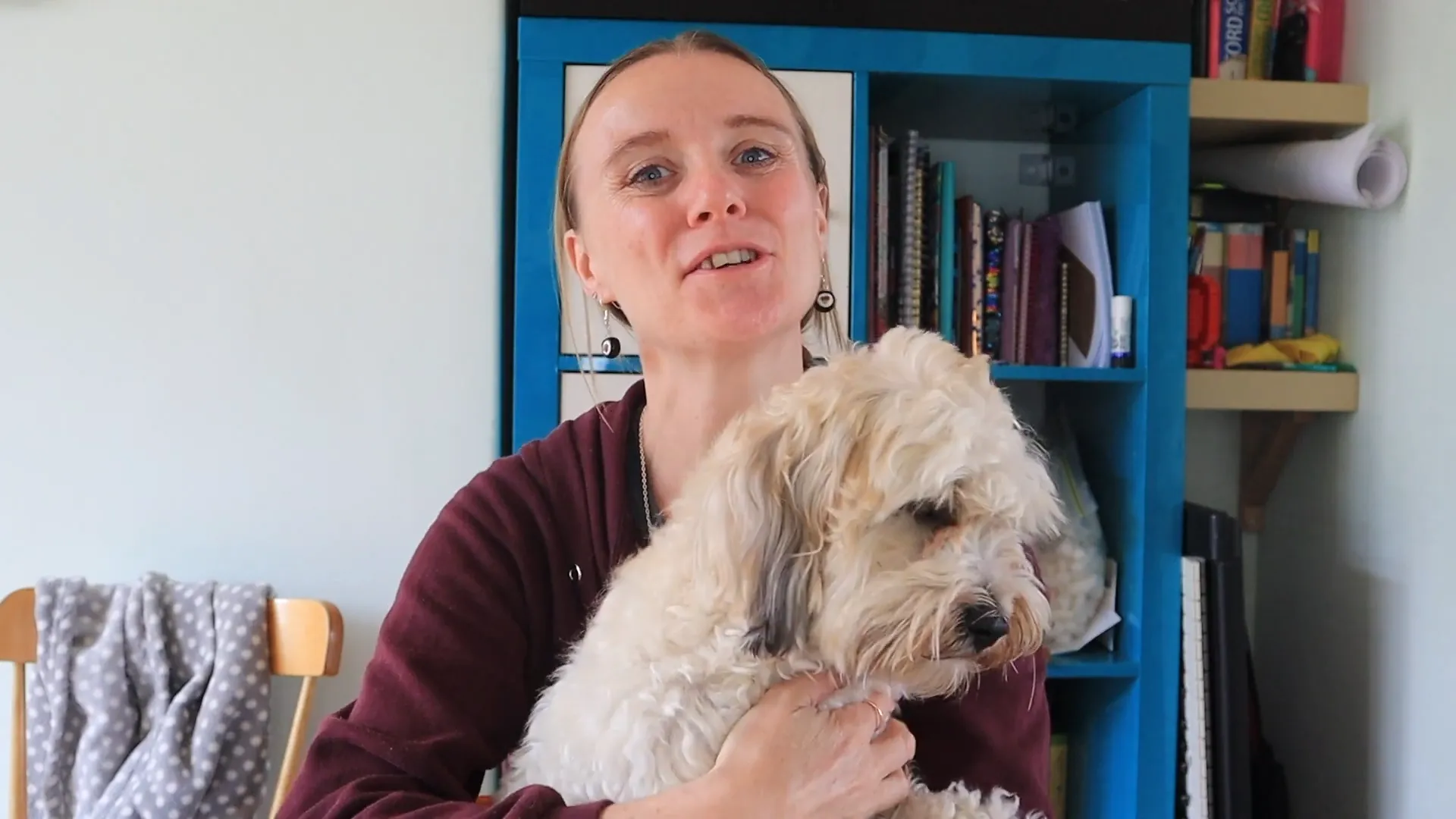If you’ve ever wondered about the magic that dogs can bring into our lives, especially for those with autism, you’re in for a treat… 🐶💖
Today, we’re diving deep into this beautiful relationship, and trust me, it’s as heartwarming as it sounds!
Safety First: How Dogs Protect Their Friends
One of the first ways dogs help, particularly children on the autism spectrum, is by serving as a safety mechanism.
This is done using a tether system, in which the dog is connected to the child via a tether attached around the child’s waist.
This way, if a child who may not be aware of safety starts to wander off, their furry guardian ensures they stay safe…
Sensory Support and Calming Presence
Dogs are not just pets; they’re sensory superheroes!
For many, like Purple Ella from our story, the simple act of stroking her dog Coco provides invaluable sensory feedback that helps calm her mind… 🐾
Furthermore, the weight of Coco sitting on her lap acts as a deep pressure tool that is incredibly soothing during stressful moments.
Friendship Without Complexity
Friendships can be tricky and filled with social nuances.
However, the bond with a dog like Coco is straightforward and pure.
You feed them, walk them, and in return, you get unconditional love — no hidden agendas, just pure joy and loyalty! And because dogs don’t talk back, they make excellent listeners for anyone who just needs to talk things out.
A Nighttime Companion
Having a dog like Coco can be a game-changer for those who struggle with sleep.
They provide comfort not just during the day but also at night.
When anxiety creeps up in the dark, feeling your dog cuddle up beside you can make a world of difference…
Teaching Responsibility and Providing Social Links
Owning a dog teaches responsibility. Whether it’s ensuring they’re fed or taking them for walks, it gives a sense of purpose…
Plus, dogs are fantastic social icebreakers!
They naturally draw people to talk to you during walks, easing what could be overwhelming social interactions into pleasant, brief chats. 🚶♀️🐕
Different Roles for Different Needs
Now, not all dogs serve the same role for people with autism.
There are pet dogs that offer companionship and general support.
Then, you have therapy dogs in more structured settings like schools or hospitals to provide calmness and support.
And let’s not forget about autism assistance dogs—these pups are specially trained to perform tasks to aid their handlers in daily tasks and are legally recognized for their roles.
Coco’s Journey: From Pet to Potential Helper
Purple Ella’s journey with Coco illustrates a touching transition from a pet to a potential autistic assistance dog.
Initially, just a pet, Coco’s inherent calmness made her an ideal candidate for further training…
Despite setbacks like health issues and lockdowns hindering immediate training plans, the hope of having Coco registered as an assistance dog remains alive.
The Emotional and Financial Investment
Embarking on this journey isn’t just emotionally enriching; it does come with its financial considerations…
The process involves assessments and training, which aren’t cheap but can profoundly impact those involved.
To conclude, the bond between humans and dogs continues to amaze us with its depth and impact.
For some people with autism, like Purple Ella, having a dog isn’t just about companionship but finding another piece of their world puzzle 🧩💖.
And remember to check back for more updates on this incredible journey with Coco — fingers crossed 🤞 she passes her assessment!
Thank you for joining me today! Don’t forget to share this heartwarming story with fellow dog lovers!🐕🌟


13 responses to “Understanding a Special Bond: Dogs and Autism”
obtenez des échantillons gratuits kamagra
medicament kamagra medicament medicament
cheapest buy enclomiphene without a script
how to buy enclomiphene canada mail order
ordering androxal buy for cheap
buy cheap androxal purchase england
how to buy flexeril cyclobenzaprine generic pricing
get flexeril cyclobenzaprine without prescriptions uk
buy cheap dutasteride generic mexico
order dutasteride generic equivalent buy
discount gabapentin buy safely online
buy cheap gabapentin cheap sale
order fildena generic sale
cheap fildena cheap info
order itraconazole generic london
how to order itraconazole buy sydney
how to buy staxyn generic no prescription
cheapest buy staxyn usa sales
ordering avodart price discount
order avodart without a rx
buy cheap rifaximin lowest price viagra
how to buy rifaximin generic next day delivery
how to get xifaxan prescription
purchase xifaxan buy hong kong
kamagra nízké ceny
kamagra londýn přes přepážku